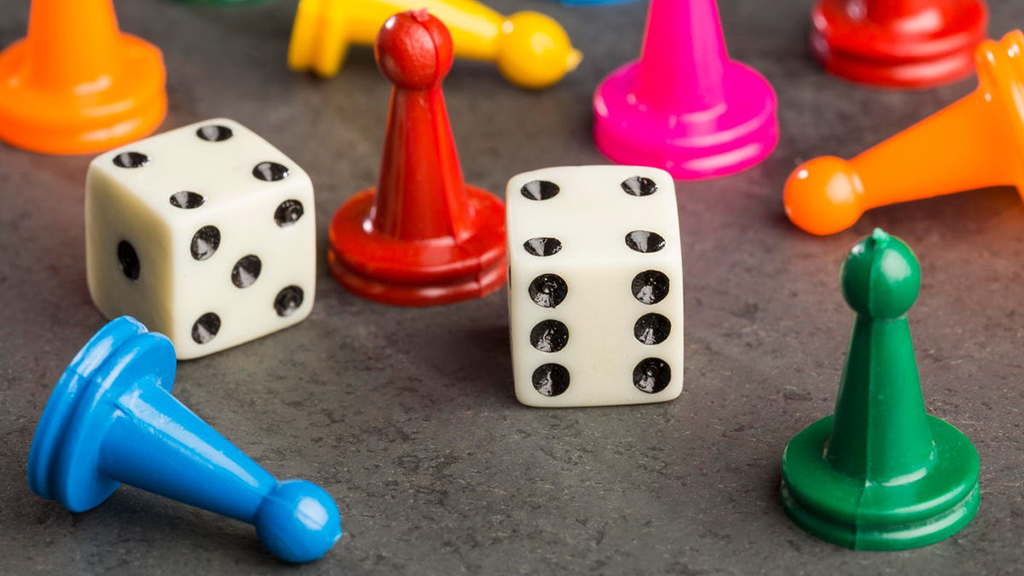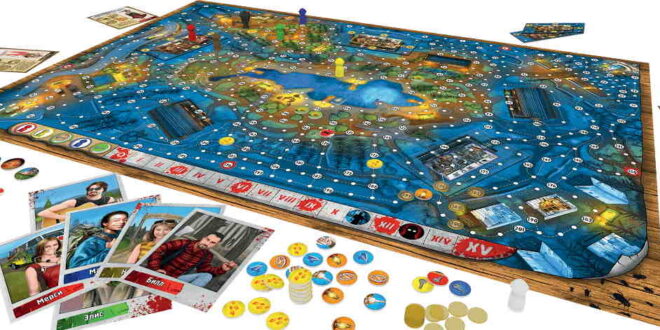Board games are not just entertainment but a whole culture that unites generations. Someone likes time-tested classics, where everything depends on skill and logic, and someone prefers modern variations with bright mechanics and unusual plots.
So what do players choose today? And what makes classics so timeless?
Chess, backgammon, and dominoes have been used for centuries not only to pass the time but also to train the brain. It’s strategy, patience, and tactical calculation — that’s what classic board games are all about.
Not without reason is chess called the game of kings, and backgammon — a symbol of oriental wisdom. These games do not depend on fashion, do not require complex rules, and remain relevant at all times.
Modern board games: dynamics and diversity
Modern board games are a huge world where the imagination of developers knows no bounds. New mechanics, unusual combinations of genres and original game universes — all this attracts people who want something new.
If chess requires cold calculation and years of training, then, say, the board game «Munchkin» allows you to just have fun and enjoy the gameplay. Modern board games offer more emotion, interaction between players, and freedom to improvise.
It is because of this simplicity that modern board games are gaining immense popularity. They are created to suit every taste, from epic strategies to fast and fun card battles. Games like «Carcassonne», «Catan», or «Exploding Kittens» offer a lot of new sensations and always carry an element of surprise.
Classics vs. Novelties: What are the key differences?
- Strategy vs. Randomness — classic games are usually based on pure calculation and strategy. Modern board games often include an element of luck, making them less predictable.
- Rules and complexity — chess and backgammon require in-depth strategizing, while many modern games are designed for quick mastery and simple understanding.
- Social aspect — classics often involve more thoughtful one-on-one or small group play, while newer board games are more often geared toward fun company.
- Eternity vs. trends — chess and backgammon will remain relevant in any century, but the popularity of modern games may be temporary.
What do players choose?
The choice between classic and modern board games depends on the player’s goals. Some appreciate timeless games passed down from generation to generation, while others are looking for a fresh experience. However, many find a balance by alternating deep strategic games of chess with fun card battles in tabletop novelties.
It’s worth noting that classic board games often become the basis for modern mechanics. For example, card decks utilize the principles of chess strategies, and many role-playing board games incorporate tactical elements of backgammon.

The Future of Board Games: Combining Tradition and Innovation
You know what’s most interesting? It’s that with the development of technology, there has been an amazing symbiosis between classic and modern board games. For example, digital versions of chess and backgammon that can be played with artificial intelligence or online opponents are being actively developed.
So it doesn’t matter what style of play a person prefers — what matters is that board games remain a versatile way to bring people together, exercise their thinking, and just have a good time. Do you like thoughtful games? Then chess, backgammon, or go is your choice. Do you prefer lightness and dynamics? Modern board games are definitely for you.
 khamush.com Lifestyle | Motivation | Poems
khamush.com Lifestyle | Motivation | Poems



